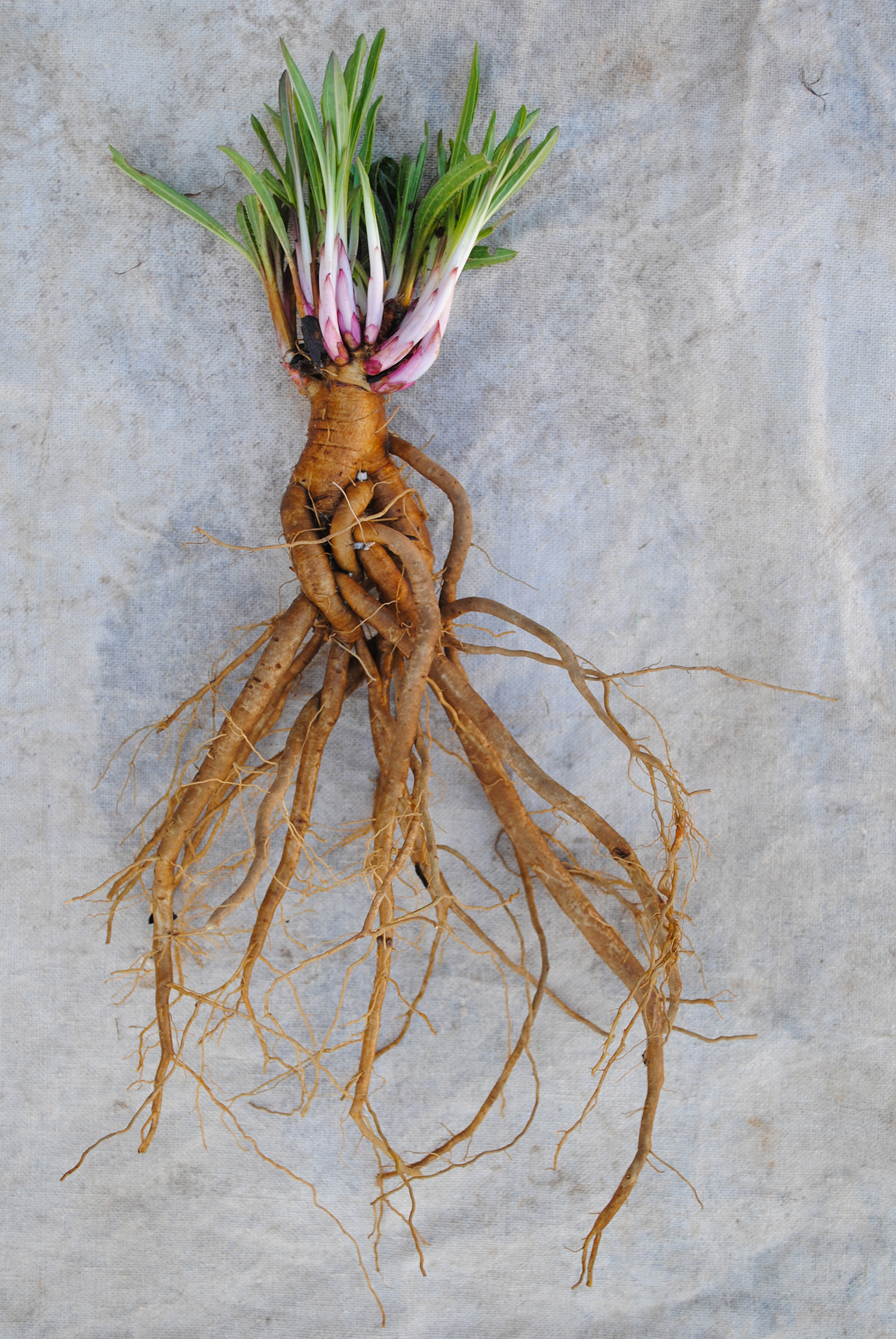Ever since I learned of the concept of matrix species from Noel Kingsbury and Piet Oudolf’s book Planting: A New Perspective I have searched for and evaluated good ground covering plants for the southeast. One that I have enjoyed getting to know better is Carex cherokeensis or Cherokee sedge.
A snapshot of Carex cherokeensis in our modest grass and Carex trial at the Plantery at Stephen F. Austin State University.
I first learned about this species when the Plantery conducted an informal trial of grasses and sedges at SFASU thanks to the help from the fine folks at Hoffman Nursery in Rougemont, NC. Carex cherokeensis showed us it was a stalwart for east Texas. In my naiveté, I didn’t realize it was native to our area until I found it growing along a roadside west of town. And, then imagine my delight when I found three plants in a wet spot of my yard this past winter. I chuckle when I think that we ordered plants from halfway across the country, and they were growing in my own backyard (literally!)
While the inflorescences are not very showy, closer inspection reveals there is a beauty to the dainty seedheads of Carex cherokeensis.
So, why do I like this living mulch? For a variety of reasons. The verdant foliage livens a dappled understory, and it tolerates full sun conditions like a champ with little burning. It was also tolerate most soils save for those with heavy sand. From my encounters with Cherokee sedge in the wild, I noticed that it tends to occur as small, almost solo crowns. However, plant it in a bed, and it will form a nice cespitose clump. It may sit there for a year, but be patient, and let it get established. The inflorescences are not too conspicuous. They resemble inverted wheat ears and hang like thin beaded earrings above the foliage. We do remove the whole peduncle after the seed have dropped.
A mass of Carex cherokeensis
The students used this Carex in our food prairies in the Sprout garden, and we have slowly watched over the past three years as it has colonized open spaces with rhizome and seed. We mow it once a year in early January when we cut back our plantings to prepare for spring bulbs to emerge. It divides well, too. I regularly have students divide a few plants early in the semester for a primer on division and then use it in later exercises on grading propagule sizes.
This past year, I tried propagating it from seed at home. I collected seed from my Texas germplasm last spring and stratified it for a couple months. I sowed it in a flat outdoors last fall and waited. After a few weeks, I noticed a couple of green slivers popping up out of the soil but only a few. At first I wondered what I did wrong and why more weren’t germinating. Later, I saw that the tray had more, and eventually I came to realize that it seemed as if a few new ones were germinating each month.
Grading Carex cherokeensis seedlings at my house. These were large enough to pot on.
The rest were allowed to remain in the tray to bulk up. Again, notice how some are barely up while others have some size to them.
I’m not sure if it’s an effect of my sowing efforts or the plant’s staggered germination biology. Either way, I’m happy to have about 50 more plants to add to my landscape of this great Carex species.








